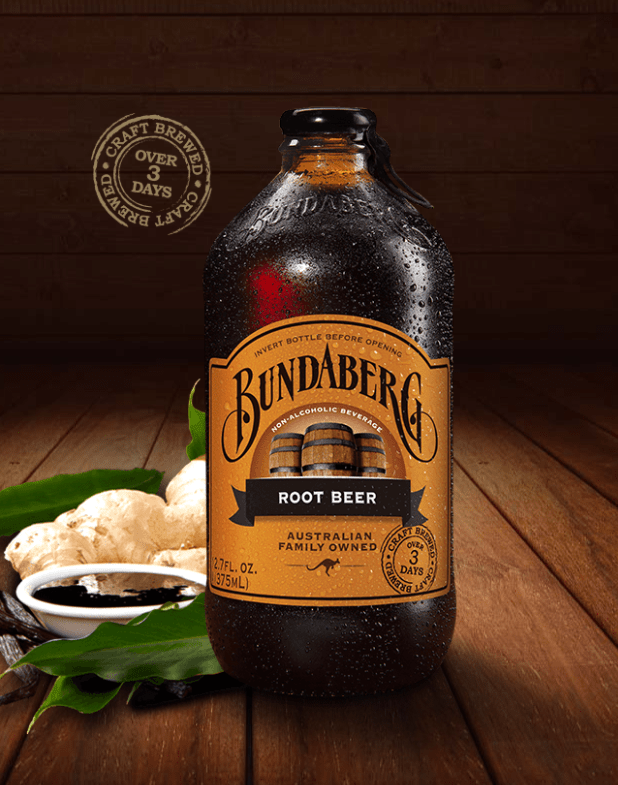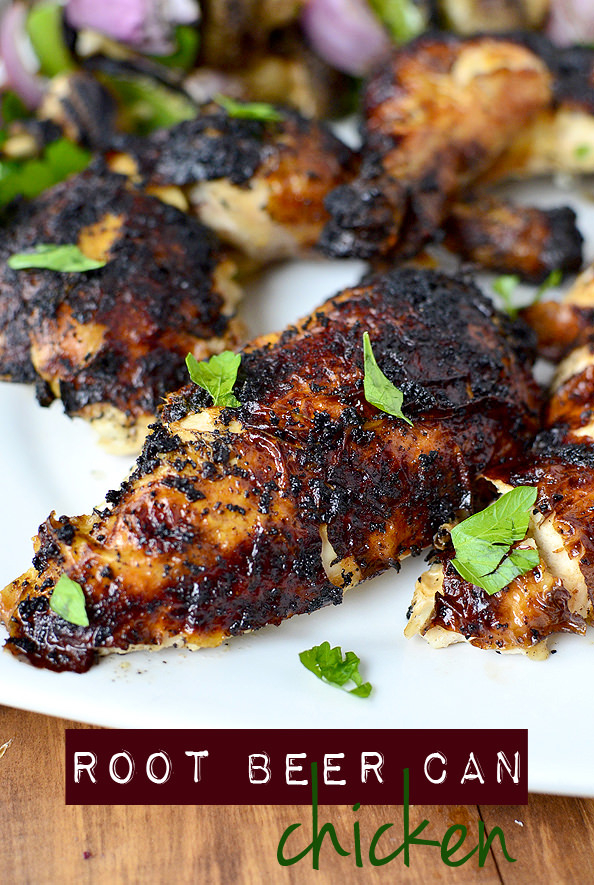

While sassafras is no longer used in commercially produced root beer and is sometimes replaced with artificial flavors, natural extracts with the safrole distilled and removed are available. Laboratory animals that were given oral doses of sassafras tea or sassafras oil that contained large doses of safrole developed permanent liver damage or various types of cancer.

Safrole, the aromatic oil found in sassafras roots and bark that gave traditional root beer its distinctive flavor, was banned for commercially mass-produced foods and drugs by the FDA in 1960. IBC Root Beer is another brand of commercially-produced root beer that emerged during this period and is still well-known today. One of Allen's innovations was that he served his homemade root beer in cold, frosty mugs. In 1919, Roy Allen opened his root-beer stand in Lodi, California, which led to the development of A&W Root Beer. One of Hires's early competitors was Barq's, which began selling its sarsaparilla-based root beer in 1898 and was labeled simply as "Barq's". Not all traditional or commercial root beers were sassafras-based. Non-alcoholic versions of root beer became commercially successful, especially during Prohibition. By 1893, root beer was distributed widely across the United States. In 1886, Hires began to bottle a beverage made from his famous extract. However, his desire to market the product to Pennsylvania coal miners caused him to call his product "root beer", instead. Hires was a teetotaler who wanted to call the beverage "root tea". Hires developed his root tea made from sassafras in 1875, debuted a commercial version of root beer at the Philadelphia Centennial Exposition in 1876, and began selling his extract. Pharmacist Charles Elmer Hires was the first to successfully market a commercial brand of root beer. Ī Hires' root beer advertisement from 1894 The tradition of brewing root beer is thought to have evolved out of other small beer traditions that produced fermented drinks with very low alcohol content that were thought to be healthier to drink than possibly tainted local sources of drinking water, and enhanced by the medicinal and nutritional qualities of the ingredients used.īeyond its aromatic qualities, the medicinal benefits of sassafras were well known to both Native Americans and Europeans, and druggists began marketing root beer for its medicinal qualities. It possibly was combined with soda as early as the 1850s, and root beer sold in stores was most often sold as a syrup rather than a ready-made beverage. Root beer has been sold in confectionery stores since the 1840s, and written recipes for root beer have been documented since the 1860s. European culinary techniques have been applied to making traditional sassafras-based beverages similar to root beer since the 16th century.

Cool the wort to approximately 65 degrees Fahrenheit.You should end up with 11/2 gallons of wort (unfermented beer). Add the vanilla and yeast nutrients, and boil 5 more minutes. Then, add the sassafras and licorice, and boil 5 more minutes. Then, stir in the sugar and lactose until dissolved. Stir in the malt extract until it dissolves completely. To a 2-gallon or larger pot, add 1 3/4 gallons of water and begin heating slowly.


 0 kommentar(er)
0 kommentar(er)
